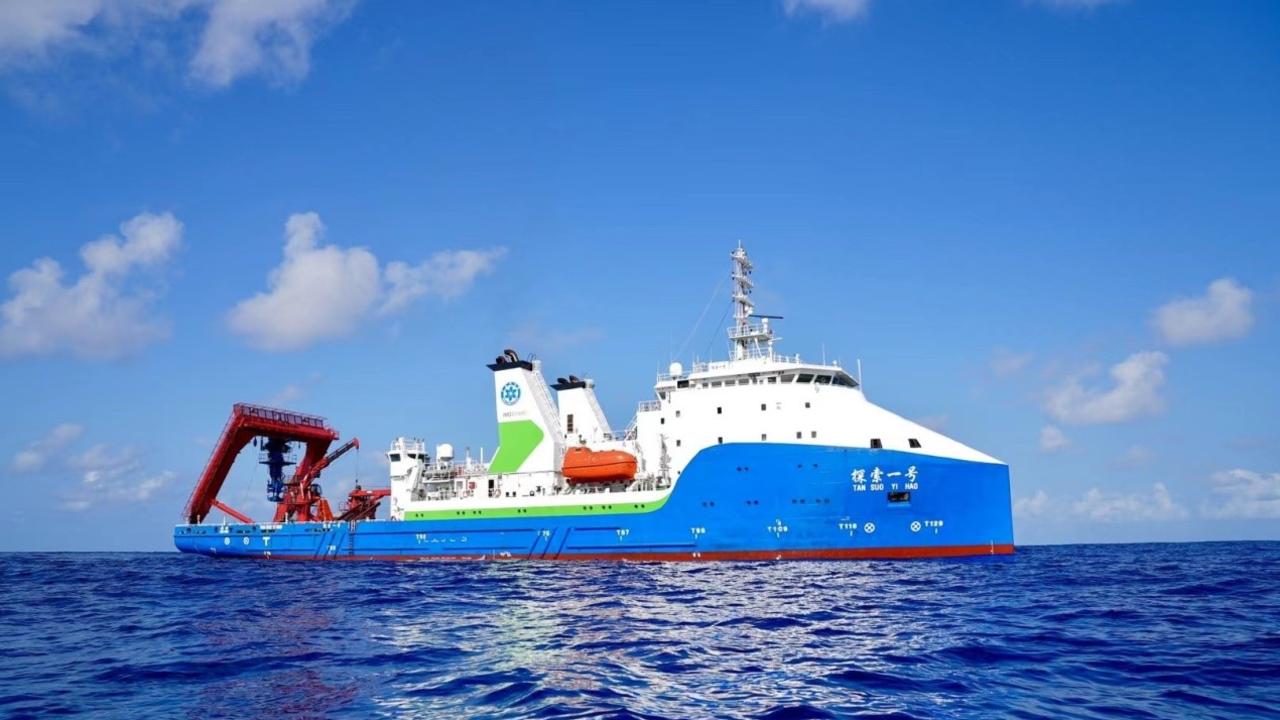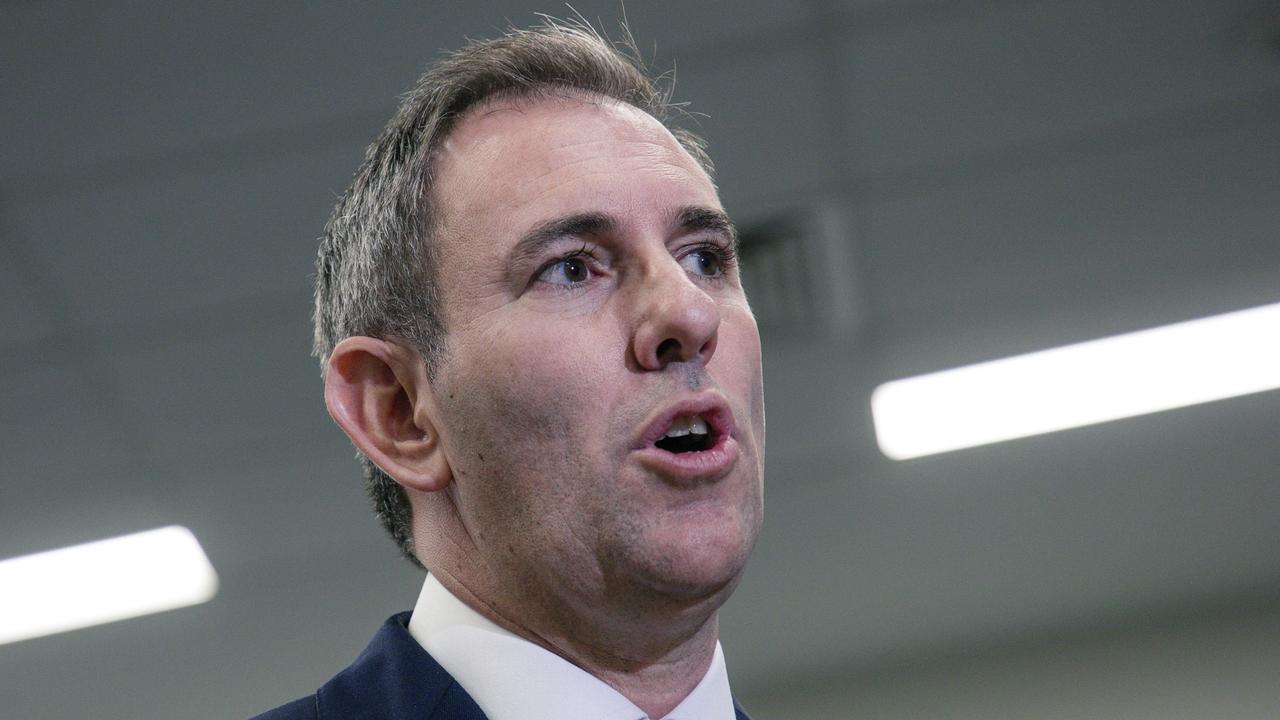Scientists work with NASA to grow space plants in Adelaide’s Waite Institute for Artemis III mission
A crack team of Adelaide scientists is working with NASA to grow a garden on the moon, including an unexpected weed from the River Torrens.
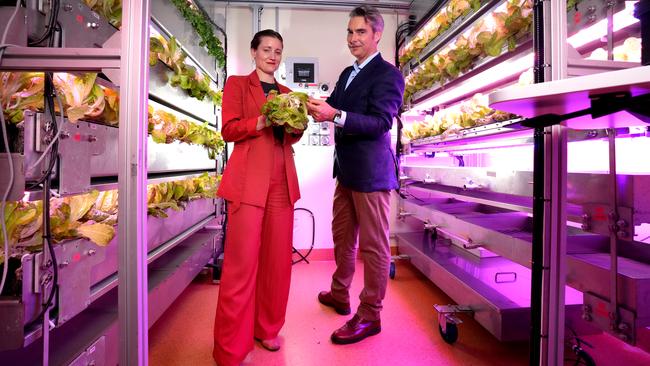
SA News
Don't miss out on the headlines from SA News. Followed categories will be added to My News.
Adelaide is officially launching its new $90m research centre where scientists are fine tuning the best food plants for a garden to be grown for humans on the moon.
Plants for Space centre of excellence researchers are working with NASA to grow the plants as part of its return to the moon Artemis III mission in 2026, communications and engagement officer Dr Lieke van der Hulst said.
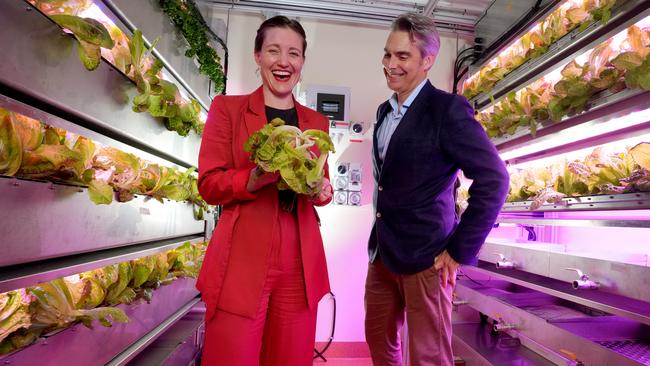
Dr van der Hulst said as part of the Leaf Project, astronauts on the mission will grow seeds from Adelaide in an enclosed capsule on the moon and their growth will be monitored through a remote camera from the centre based at Waite Institute.
“The capsule actually returns to Earth with the plant material so there can be further research into the effect of the moon environment,” she said.
University of Adelaide scientists are leading the Australian Research Council of Excellence centre that is also working with NASA to help astronauts at the International Space Station grow plants to eat rather than having to live on pre-packaged food and fresh produce delivered from Earth.
The centre’s first mission is to develop plants that humans can survive on for a year and stay healthy, the second mission is to ‘re-engineer’ key plants to grow faster, use less water, be highly nutritious and have all its parts useful.
Strawberries, tomatoes, lettuce and duckweed are the four crops currently being grown in a controlled environment at the Waite Institute centre.
Ms van der Hulst said common duckweed like the variety growing in the River Torrens is surprisingly nutritious and doubled in size over two days, but the taste needed work.
“It has a good nutritional profile with vitamins and minerals and large amounts of protein… part of the research is to also see what we can do with duckweed, can we make a yoghurt or a cheese or a delicious burger,” she said.
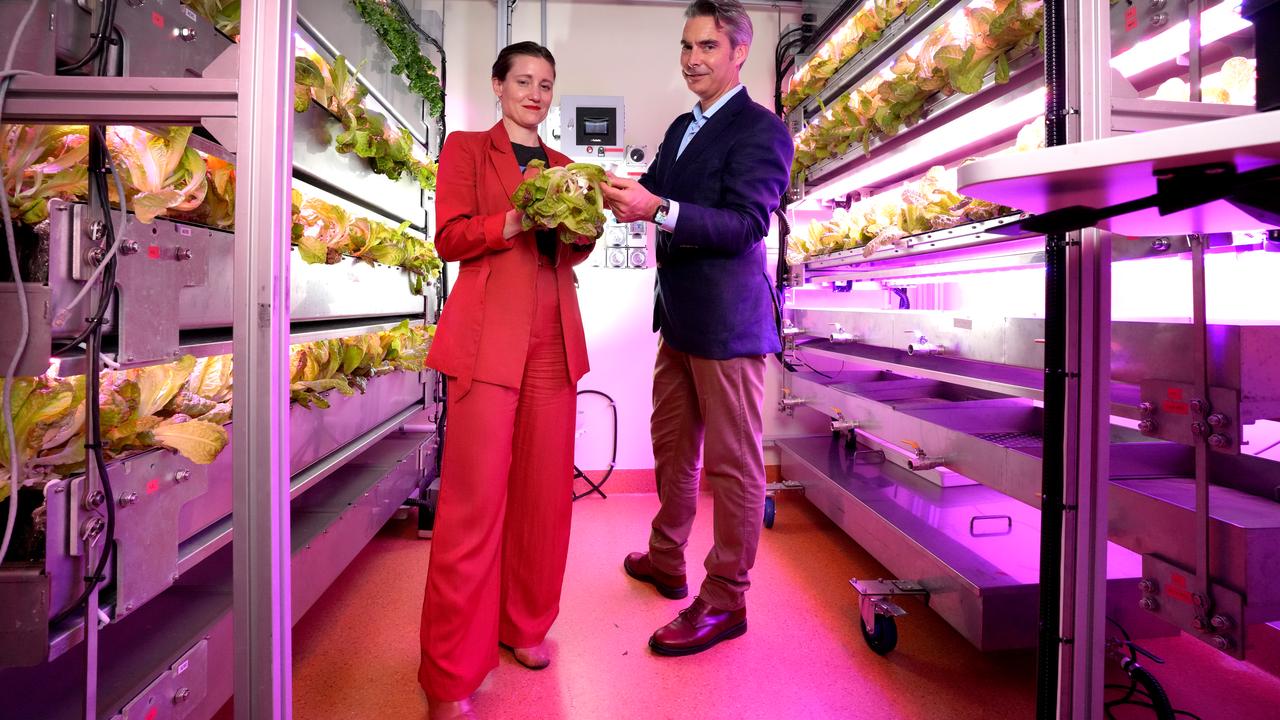
Some 400 international researchers are contributing to work at the Adelaide centre over its seven years of funding, with chief investigators based at numerous institutions including Flinders University, the University of Western Australia, La Trobe University and the University of Melbourne.
“South Australia’s space industry is continually growing and there are multiple SA-based partners also working with the centre,” Ms van der Hulst said.





